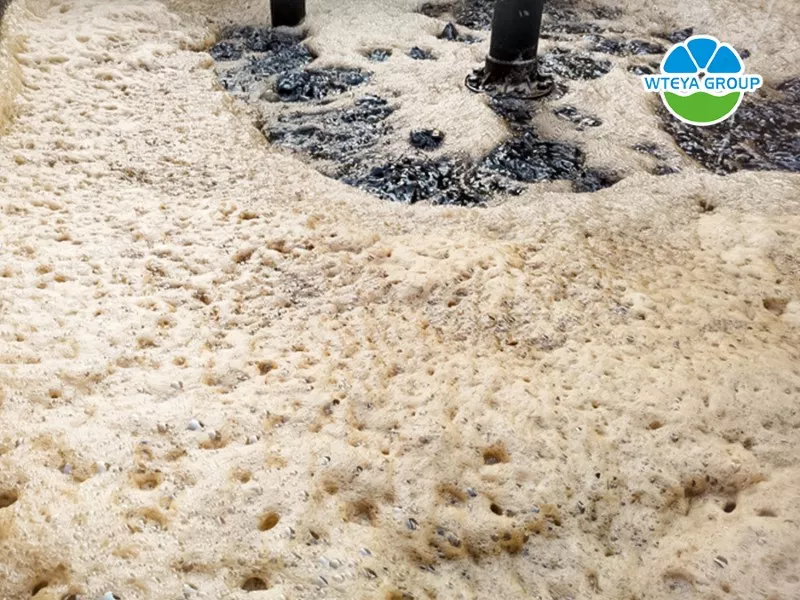Water scarcity is a growing global crisis, with billions of people lacking access to adequate clean, and safe water. As freshwater resources dwindle, desalination technology has emerged as a viable solution to meet the growing demand for drinking water. By converting seawater into drinkable water, desalination offers hope for addressing water shortages in arid regions and areas with limited freshwater supplies. This blog explores the principles, applications, challenges, and future trends of desalination technology in addressing the global water crisis.By comparison, it can be seen that mbr membrane bioreactor It has certain advantages and great cost performance. https://www.wteya.com/
desalination technology
Principle of Seawater Desalination Technology
Seawater desalination technology mainly involves removing salt and impurities from seawater or brackish water to produce fresh water. The two most widely used methods are thermal distillation and reverse osmosis (RO).
Thermal distillation
Principle: This process imitates the natural water cycle by heating seawater to produce steam, which is then condensed into fresh water. Common methods include multi-stage flash (MSF) and multiple-effect distillation (MED).
Advantages:
Effective treatment of high-salinity water.
Produces high-quality fresh water.
Disadvantages:
Energy intensive due to heating requirements.
High O&M costs.
Reverse Osmosis (RO)
Principle: RO uses a semi-permeable membrane to filter out salts and impurities at high pressure.
Advantages:
It is more energy efficient than distillation.
Compact system for decentralized applications.
Disadvantages:
Sensitive to scaling and fouling, requires pre-treatment.
The limited life of the membrane increases operating costs.
Emerging technologies
Electrodialysis uses electrical potential to separate ions and is suitable for brackish water.
Forward osmosis uses osmotic pressure difference and requires less energy but is still under development.
Solar desalination: uses renewable solar energy to power distillation or membrane processes, providing a sustainable solution.